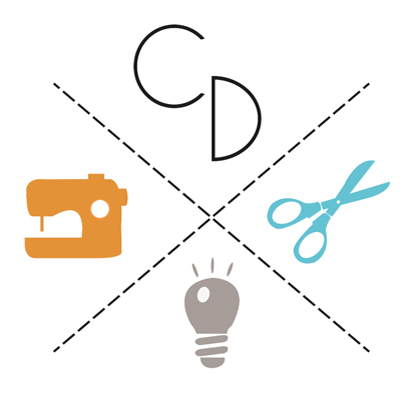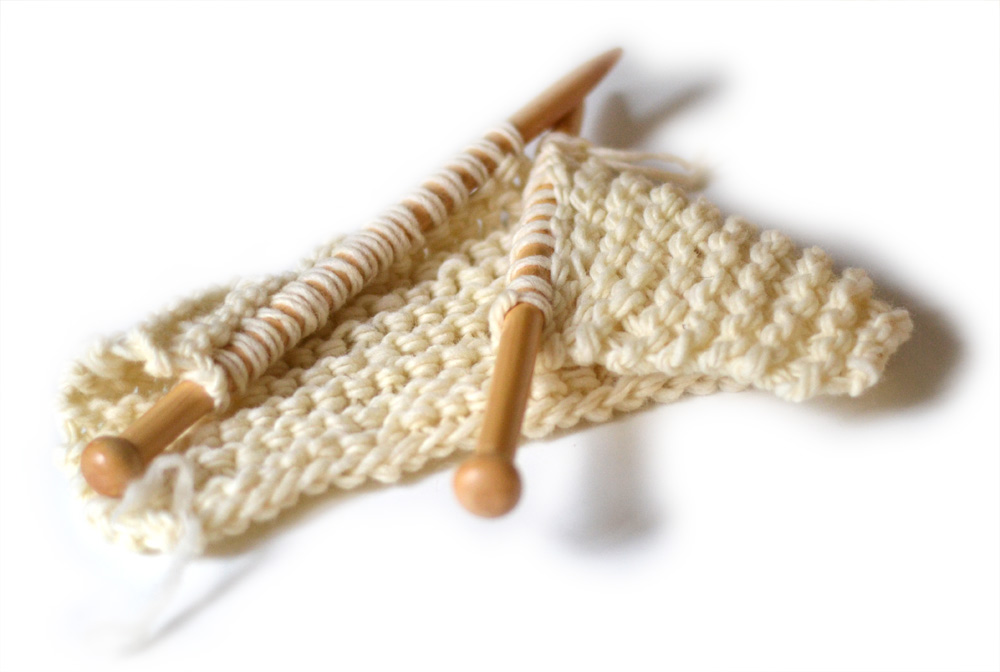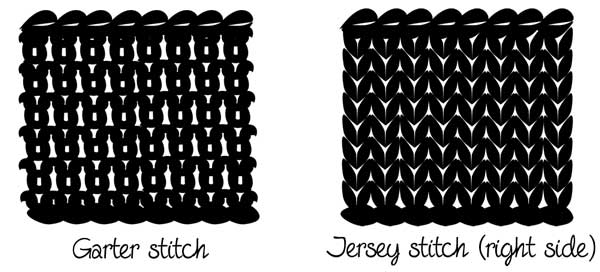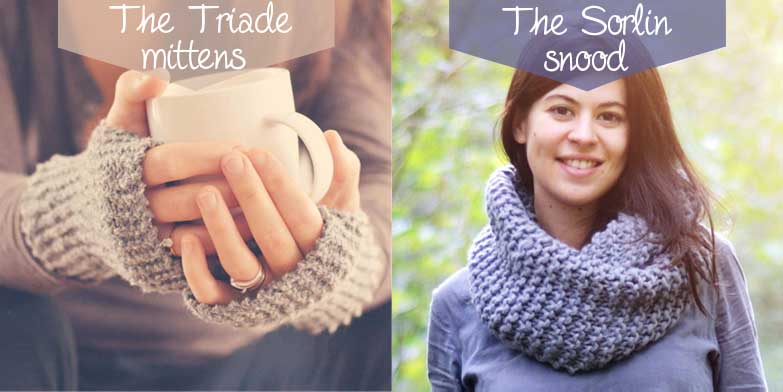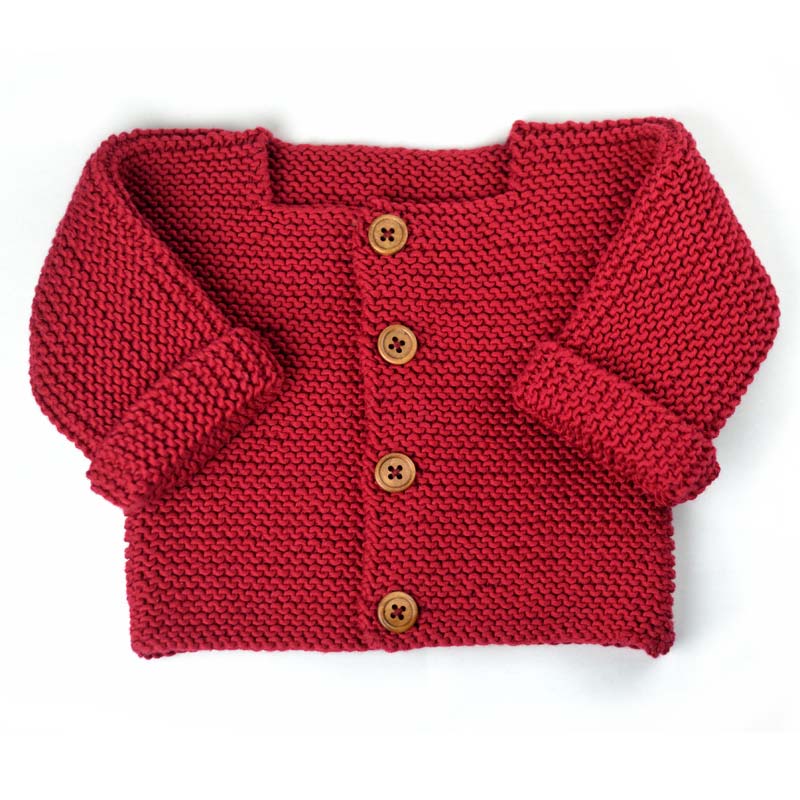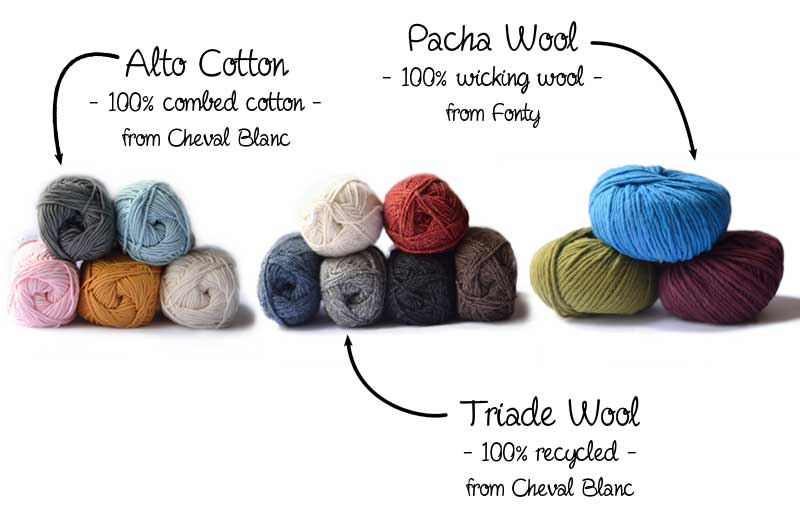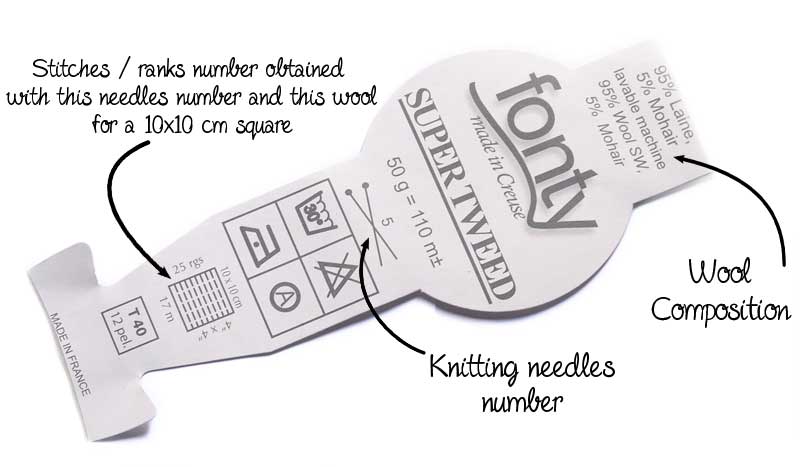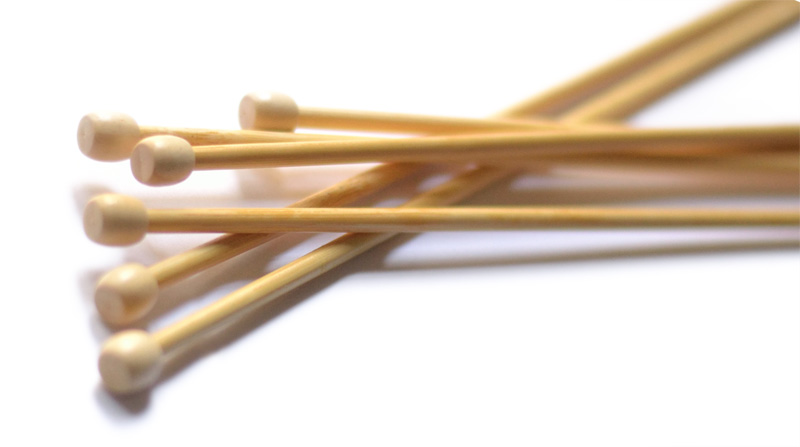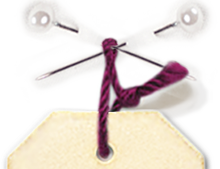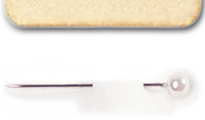You start sewing and looking for help to learn to sew online? We offer today a small blogs and websites overview for beginners and more savvy dressmakers to help you answer all your sewing questions:
Thread&Needles Thread & Needles is the reference community website for sewing and knitting. The site was created in 2010 by passionate about sewing, now the site has been widely enriched. Very interactive, volunteers regularly publish articles on the blog:
♦ Keeping you informed of the latest patterns and sewing books releases,
♦ Introducing a seamstress or a tailor with interview,
♦ Giving desire with projects that inspire,
♦ Showing a technique, sewing or knitting tools,
♦ Presenting an artist, an exhibition related to sewing or knitting.
As a community site, the big advantage of T&N is to offer an account where you can post your sewing & knitting projects. You add a title, an image, a link to your blog and other people in the community can interact with you via comments and private messages.
Your project is then referenced in the gallery. Each member may vote and may become the "popular of the week" project.
The website also contains very active sewing and knitting groups. Notably by region, allowing you to organize or to meet other real dressmakers or knitters in your corner.
These groups can also allow you to answer your questions about sewing or knitting technical problems.
The + : Thread&Needles is a very complete website as you will understand. It allows to virtually or actually meet bloggers through project presentations.
Artesane is a new website created by the talented blogger Annie Coton . The principle is to offer sewing and knitting online classes and it will increase with arts and crafts.
Several recognized teachers therefore propose a course related to their field of choice.
The platform Artesane is beautiful and well done. Most courses are paid (and that's normal considering the work) but you will also find free lessons. Many videos workshops will emerge during 2016 have to watch closely!
The +: Artesane also contains a nice "newspaper" including clear tips on cloth or special sewing techniques, in particular. The illustrations are very well done and the approach discusses in depth techniques.
This blog was created in 2015 by a young sewing instructor Margaux.
Couture Débutant, is first to overcome the issues and redundant problems of its sewing beginners students. It notes that the problems of sewing beginners are always the same and there are very few site dedicated to the first steps.
Since then, the blog growed and Margaux offers:
♦ Super simple sewing DIY to not be afraid to begin it,
♦ Its patterns and magazine testing,
♦ Its best addresses both on the web than real,
♦ A Youtube channel offering basis support for amateur fashion designers.
The +: The universe of its blog is cool and pleasant. It makes you want to put it right away now even if you were born with two left hands, with these step by step tutorials, you are sure to get there!
This vintage and quirky look blog is full of good sewing ideas with supporting tutorials.
There are as well many basic sewing lessons as customization DIY.
There you will find a wealth of information to choose your sewing machine, sewing a particular fabric, but also make everything simple accessories like a headband, a collar, etc.
The +: the blogger's humor. The articles, both for sewing in mood editorial or general web articles are really funny!
Petit Citron is a small community sewing site. It was created by Perrine Colignon in 2007. She wanted to set up as a virtual sewing club.
The site offers in image sewing techniques, but also free simple patterns.
To participate, send your projects, technical ideas, etc. Just create an account on the site.
The +: the Petit Citron blog is full of tips and inspirations for sewing. It is a mine of information interesting when you start!









